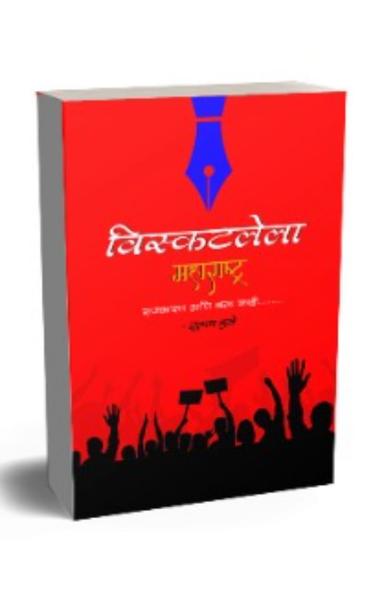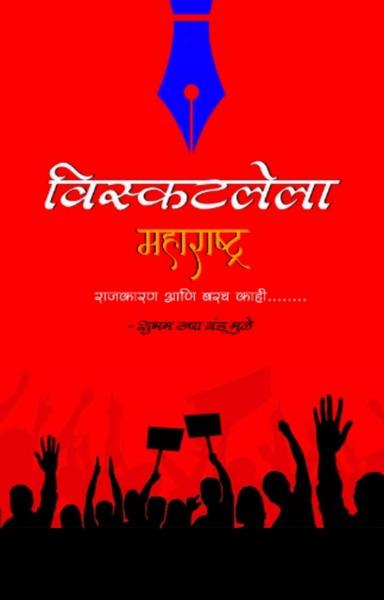If you are of a certain age, you probably remember the Vikram- Betaal stories. They appeared in Chandamama, a popular children's weekly magazine, and later there was even a popular Doordarshan serial featuring them. To stick to the bare details of the tale without getting into its finer points, the wise king Vikramaditya had to carry Betaal on his shoulders while maintaining a vow of silence. En route, Betaal would tell him a story that would end with an intriguing conundrum. He would then ask Vikram for the solution, warning him that if he were to deliberately remain silent, his head would be blown to bits. Vikram would, of course, have the solution and proceed to answer, thus breaking his vow of silence. Betaal would then fly back to the top of the tree from where Vikram had picked him up in the first place. This cycle would repeat itself (about twenty-five times).
In today's India, if there's a conundrum one could pose to Vikram, it would be this: who is an anti-national? Because these days you can never be sure. Sedition charges are generously distributed. Is there a way to make sense of this?
A recent round of this conundrum played out in 2021. In February that year, the Delhi Police arrested a young woman, Disha Ravi, and charged her with sedition and criminal conspiracy. The reason: she was an editor of a shared online document (called the 'Toolkit'), which was used to 'peddle support for the secessionist Khalistan narrative in the guise of farmer protests'. She was then jailed, but a Delhi Court later granted her bail.
This case brought back several old questions into the limelight. What exactly is 'sedition'? Can someone who doesn't identify themselves as Indian be termed seditious, or can merely criticizing a government's policies become seditious under some circumstances? Are sedition, anti-nationalism, and dissent any different from each other?
In our view, these questions cannot be answered unless we understand what the terms 'the Indian State', 'Indian nation', and 'Indian government' mean. So, let's take a detour to the high school political science curriculum before returning to the question of sedition.
The State, as we have discussed, is an abstract political institution. In the introduction to this section, we discussed how states came into being to prevent matsyanyaaya. Another connected definition of the State comes from Max Weber who defines it as 'a human community that (successfully) claims the monopoly of the legitimate use of physical force within a given territory'.¹ To ensure that all its individuals' liberties are protected, a State is invested with the power to use violence and prevent other belligerent groups from terrorizing individuals. It is for this reason that a State maintains armed institutions like the police and the army.
By this definition, an anti-State act would be the one that challenges the State's monopoly over the legitimate use of physical force. In other words, an act of violence or the use of force by anyone other than the State becomes anti-State. In a few Indian languages, such an anti-State act would translate to raajdroha.
The government is a temporary governing body of the State. If the State is imagined as a corporation, the government is like its management. A State is semi-permanent. It will live on until it is overthrown or replaced and a new social contract is established. Unlike the State, the government is composed of a set of specific people. When the electorate votes, they choose their government and not the State.










